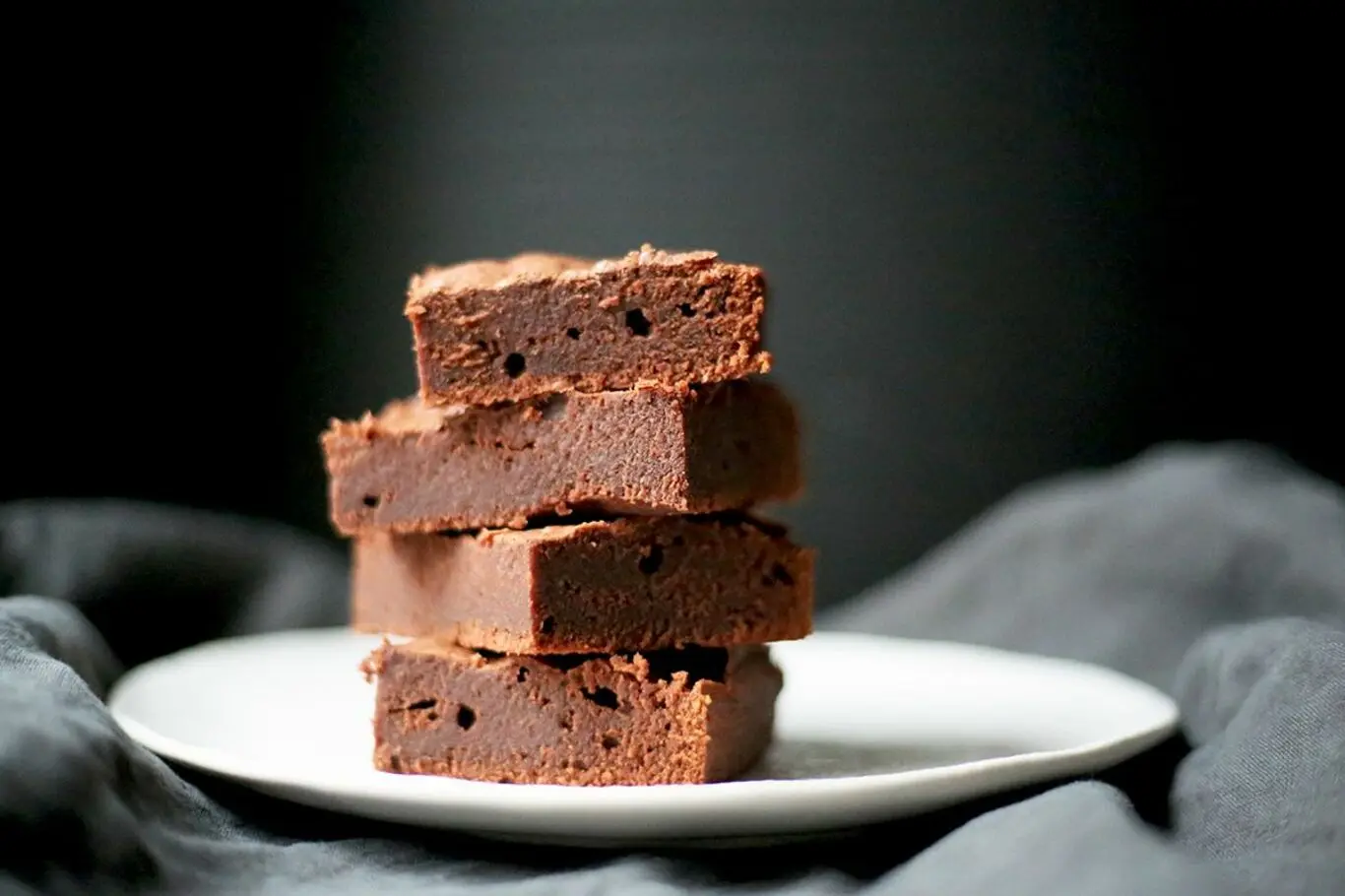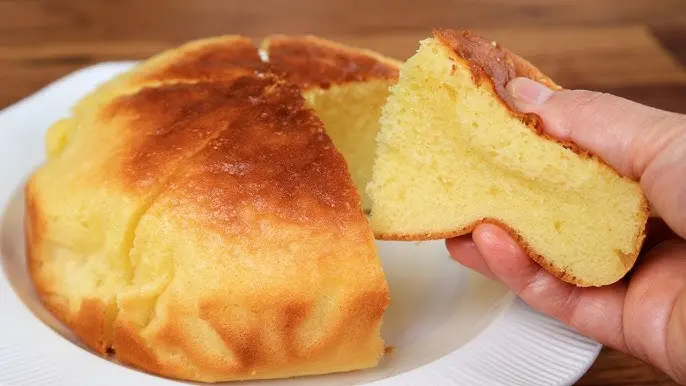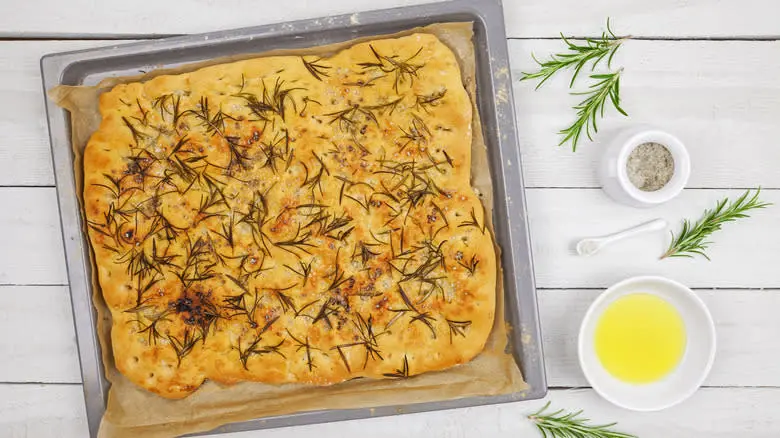Garnishing your focaccia bread
Those examples are just your standard herbs, but you can definitely get more creative. If you're intrigued by Luca Corazzina's idea of incorporating edible flowers, consider using vibrant options like lavender or pansies. Edible flowers also allow you to create beautiful focaccia bread designs. Many bakers love to embellish their focaccia with edible flowers that have faux stems made from long, thin chives. You can craft an entire garden on your dough, just be sure to do it after the focaccia has finished baking to maintain the colors' brightness.
If you're looking for toppings that are a bit more substantial than flowers or herb sprigs, which are added before baking, cherry tomatoes and Kalamata olives are popular choices. However, keep in mind that these toppings are heavier and contain more moisture, which requires some consideration before baking. Corazzina suggests that you can still keep them vibrant and juicy by brushing them with the same olive oil used to coat the bread: "For heartier toppings like vegetables, lightly brush them with olive oil to prevent them from drying out during baking. Also, be careful not to overbake the focaccia, as excessive heat can dull the colors." To preserve any leftovers after your meal, you can freeze the focaccia after cutting it into smaller pieces; leaving it in the fridge for too long will eventually dry out the whole loaf.
Recommended

The Mistake To Avoid When Substituting For Eggs In Vegan Recipes

For Fudgier Brownies Reach For One Canned Ingredient

The Best Flour For Pie Crust Dough Comes Down To Protein

What Adding Milk Powder Can Do For Your Baked Goods
Next up

